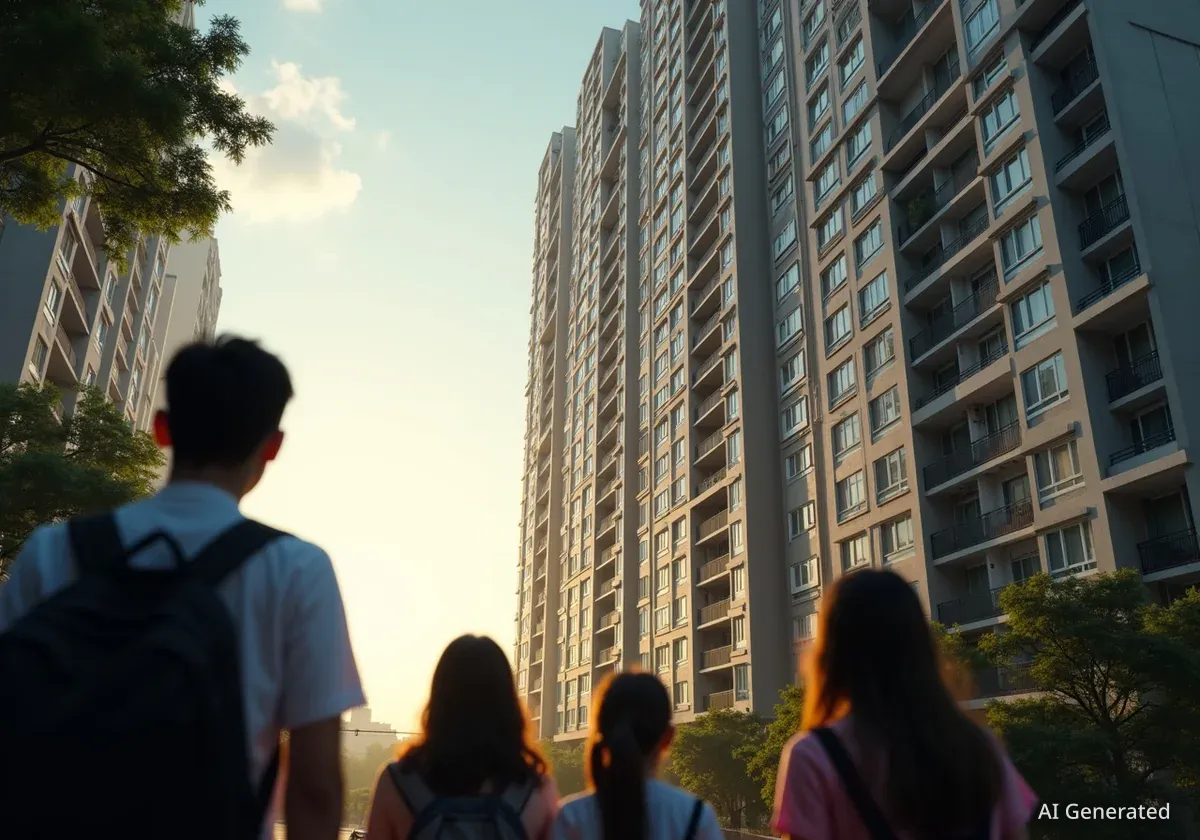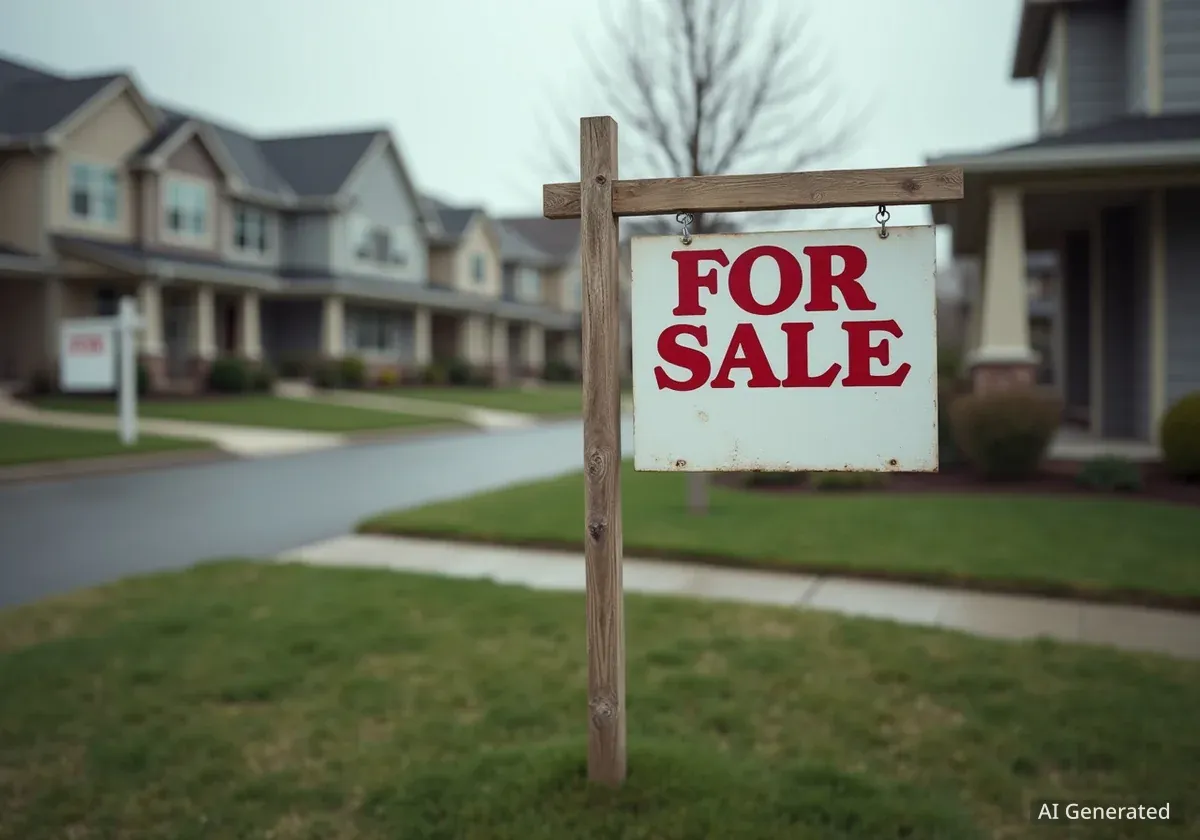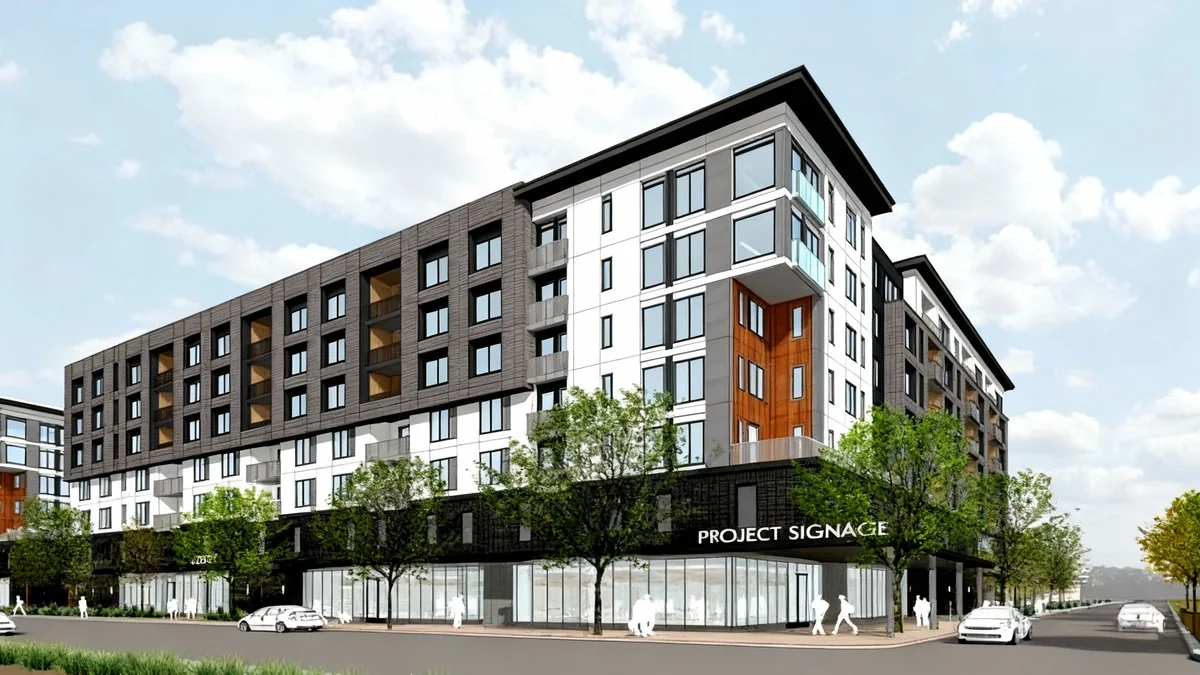San Francisco has emerged as the second most competitive rental market in the United States, according to a recent report from RentCafe. The city's rental landscape showed a significant increase in competition during the summer of 2025, driven by a combination of factors including a robust tech industry, a return to office work, and an ongoing housing shortage. This intense demand has led to faster vacancy fill times and a substantial rise in the number of renters vying for each available unit.
Key Takeaways
- San Francisco ranks as the second most competitive rental market in the U.S. in 2025.
- The city's rental competitiveness score increased by 5.4 points from 2024 to 72.4.
- Key drivers include the tech industry, increased office returns, and a housing shortage.
- Occupancy rates in San Francisco reached 95.3%, up from 93.3% in 2024.
- The number of renters competing for each unit nearly doubled, from 7 to 13.
- Vacant apartments now fill in approximately 41 days, two days faster than last summer.
San Francisco's Rising Rental Competitiveness
The RentCafe report, which analyzed 139 of the largest rental markets nationwide, highlighted San Francisco's notable ascent in rental competitiveness. The city's score rose by 5.4 points from 2024, reaching 72.4 on RentCafe's Rental Competitiveness Index. This index considers factors such as occupancy rates, vacancy periods, the number of renters per unit, and the availability of new apartments.
This surge in demand makes San Francisco a challenging environment for those seeking rental properties. The city's dynamic economy and limited housing supply continue to create a tight market. Renters face increased competition and faster decision-making processes when looking for a home.
Fast Facts: San Francisco Rental Market
- Competitiveness Score: 72.4
- Increase from 2024: 5.4 points
- Occupancy Rate: 95.3%
- Renters per Unit: 13 (up from 7)
- Average Days Vacant: 41 days
Factors Fueling Demand in the Bay Area
Several factors contribute to San Francisco's highly competitive rental market. The city's strong tech industry continues to attract a skilled workforce. Many companies are also encouraging or requiring employees to return to physical offices, increasing demand for housing closer to urban centers.
Additionally, an ongoing housing shortage limits the supply of available units. This imbalance between high demand and limited supply naturally drives up competition. Renters are finding fewer options and facing more aggressive bidding scenarios.
"Demand for apartments in San Francisco is so strong that the number of renters competing for each unit has nearly doubled, jumping from seven to 13," RentCafe stated in its report. "Now, vacant apartments fill in about 41 days on average, or two days faster than last summer."
This statement underscores the rapid pace of the market. Prospective renters must act quickly to secure a property. The increase in lease renewals also plays a role, as fewer units become available on the open market.
National Rental Market Trends
While San Francisco stands out, the national rental market also shows signs of tightness. The overall national score on RentCafe's Rental Competitiveness Index for 2025 is 74.6, indicating a very competitive real estate environment across the country. This national trend reflects broader economic conditions and housing dynamics.
The report also examined how long renters typically stay in their apartments and their lease renewal rates. It found that renters who sign longer leases are more likely to extend them. Areas where residents tend to stay put often have higher overall renewal rates. This reduces inventory in many markets.
Understanding the Rental Competitiveness Index
RentCafe developed its Rental Competitiveness Index to measure market tightness during peak moving seasons. The index considers five key factors:
- Occupancy Rate: The percentage of occupied units.
- Average Days Vacant: How long units remain empty.
- Renters per Available Unit: The number of applicants for each property.
- Lease Renewal Rates: The percentage of tenants extending their leases.
- Share of New Apartments Added: The rate of new construction entering the market.
Each factor is weighted to produce an overall score, providing a comprehensive view of market competition.
Nationwide, the average renter stays in their apartment for approximately 28 months, which is a little over two years. Most new leases are initially for one year, with renewals typically adding another 12 months. This stability contributes to lower turnover rates and fewer available properties.
Top 10 Hottest Rental Markets in 2025
According to RentCafe's 2025 report, the top 10 most competitive rental markets in the United States are:
- Suburban Twin Cities, Minneapolis
- San Francisco
- Twin Cities, Minneapolis
- Chicago
- Philadelphia
- Queens, New York City, New York
- Manhattan, New York City, New York
- Jacksonville, Florida
- Charleston, South Carolina
- Orlando
The list shows a mix of suburban and urban areas, indicating that rental competition is not confined to major city centers. Suburban Twin Cities, for example, took the top spot, partly due to a limited supply of new apartments and increased lease renewals.
In the suburban Twin Cities, the lease renewal rate rose from 61.1% to 64.1%. New apartments make up just 0.54% of the total stock, a decrease from 0.86% a year ago. This situation mirrors some of the dynamics seen in San Francisco, where limited supply meets strong demand.
California's Broader Rental Landscape
Beyond San Francisco, California generally presents a competitive rental market. The state as a whole received a score of 72.5 out of 100 for rental competitiveness. This score indicates that finding a rental property is challenging across various regions of the state.
Several other California regions ranked among the most competitive rental markets:
- Central Coast
- Central Valley
- East Bay
- Eastern Los Angeles County
- Inland Empire
- Orange County
- Sacramento
- San Diego
- Silicon Valley
- Ventura County
- Western Los Angeles County
These areas, like San Francisco, face a combination of population growth, economic activity, and housing supply constraints. This broad competitiveness across California highlights a statewide challenge in housing affordability and availability.
The RentCafe analysis collected data from April through June to determine its rankings. This period is often considered peak moving season, which can further intensify market competition.
The sustained demand and limited supply in many California markets suggest that rental competition will remain high in the near future. Renters should prepare for a fast-paced market and consider all available options when searching for housing.





